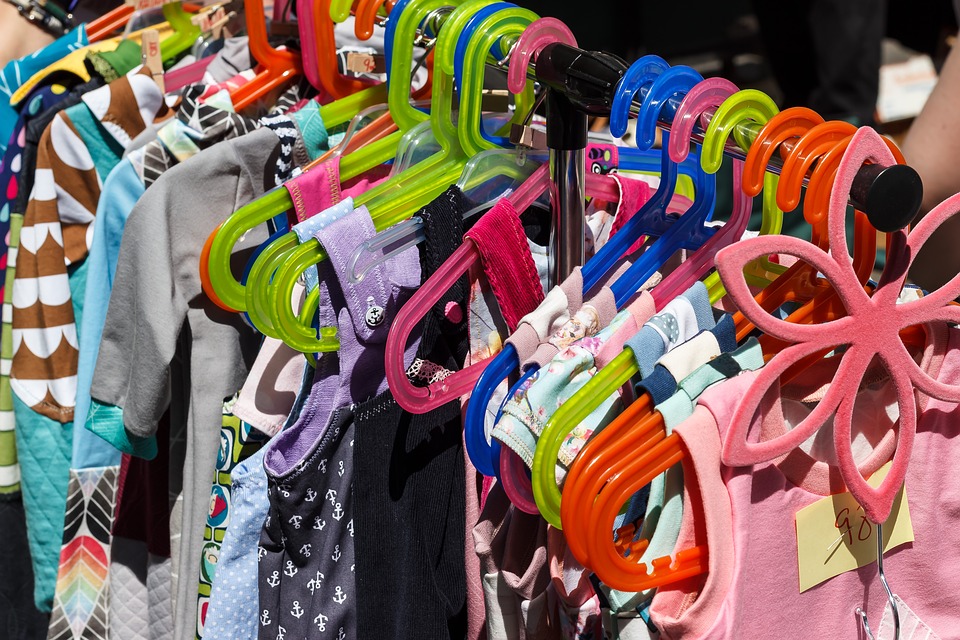More and more parents are becoming aware of the environmental impact of the children’s clothing industry. The appalling working conditions in the factories where major brands and chains have their clothes produced are also increasingly being highlighted, giving more and more parents a reason to look for sustainable children’s clothing.
What Is Sustainable Children’s Clothing?
Sustainable children’s clothing is, first and foremost, clothing produced in an environmentally friendly manner (i.e., with less pollution and waste). Sustainable does not necessarily mean organic, but rather that it is made with a low environmental impact and with consideration for people and animals.
Sustainable Aspects to Consider When Buying New Children’s Clothing
When you search for sustainable children’s clothing online, you will likely first encounter the word organic. You will also quickly conclude that it is not easy to find reliable and honest brands for children. If you come across a children’s clothing brand that you are unsure if it is sustainable or not, ask yourself the following five questions:
1) Is It 100% Natural?
Pay attention to whether the materials used are natural and whether they are easily biodegradable if they end up in the environment. Synthetic and plastic fibers such as nylon, polyamide, elastane, etc., all do not self-degrade and will float around in nature forever. If you choose 100% natural materials, their resources are often renewable, so the raw materials will not be depleted. Natural fibers are wool, silk, cotton, linen, and hemp.
2) Is the Children’s Clothing Brand Honest and Responsibly Produced?
Fair trade and GOTS quality labels ensure that factory employees receive fair wages and good primary working conditions. Child labor is also absolutely excluded. Of course, many small brands cannot (or do not) have a quality label but treat their employees responsibly.
If the brand is produced in a European country and/or in a small studio, by a family business or by a long-standing and permanent quality partner, then the above issues are likely to be in place. The best way to find out is to check with the brand itself.

3) Is the Clothing Brand Locally Produced?
The distance a garment travels to reach the store shelves also determines the product’s durability. The farther a clothing brand travels from the place of production; the more contaminated the product will be. Consider the distance traveled by plane or boat. These consume large amounts of oil, a non-renewable source of energy, and emit large amounts of carbon dioxide. If you want to buy sustainable children’s clothing, buy brands and products that aren’t flying around the world!
Did you know that buying children’s clothing second-hand is also very sustainable? The more consciously we buy less, the more sustainable we are.
4) Is the Children’s Clothing Brand Organic?
Organic means, first of all, that little or no chemical pesticides are used in cultivation. Pesticides are very harmful to the environment, killing insects beneficial to plants and affecting and polluting the water and air.
Workers on cotton plantations may also experience adverse health effects from these chemicals. Cotton is the most polluting agricultural product in the world. That is why it is essential to check if the cotton is organic. Hemp and flax require little or no chemical pesticides, making them a responsible choice even without a quality label.

Are You Using Animal-friendly Wool?
Demand for merino wool, in particular, has exploded in recent years. Merino wool is famous because it does not prickle or pinch. Its most significant benefit is its ability to regulate temperature and humidity. As a result, it is often used in baby, children’s, and sportswear to provide primary temperature and comfort.
The disadvantage is that the practice of mulesing has emerged in Australian merino sheep. This involves the unanesthetized removal of skin around the sheep’s buttocks to prevent blowflies from laying eggs in the butt folds. When purchasing merino wool clothing for children, check for a mulesing-free certificate; brands that are GOTS certified also guarantee animal welfare.
Let us know if these few tips have helped you in the comments below!
